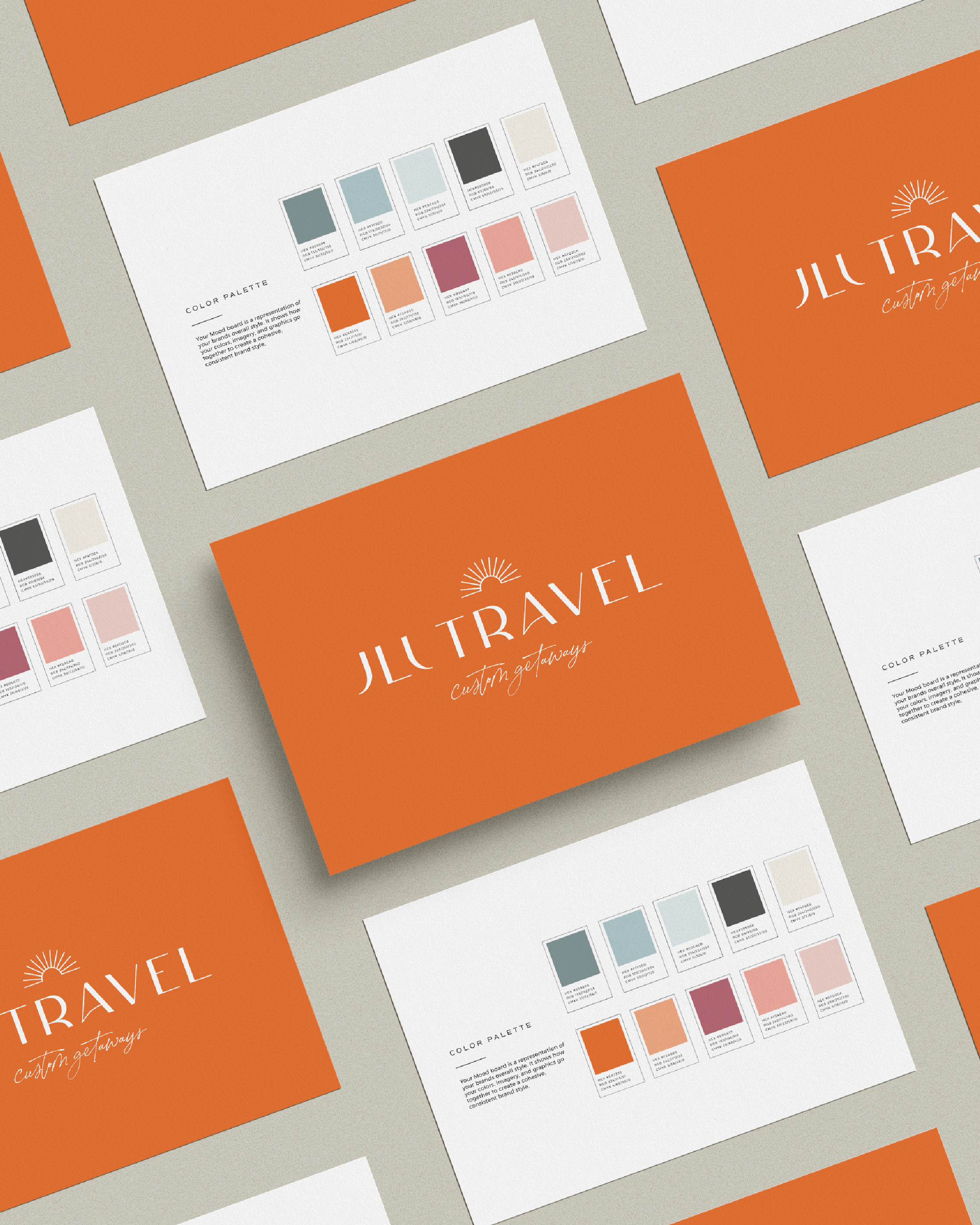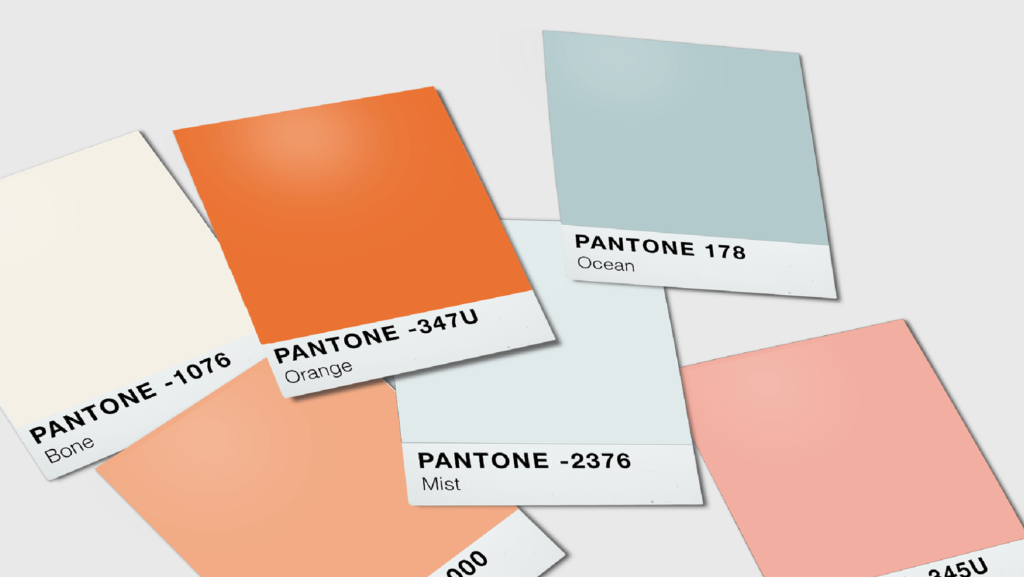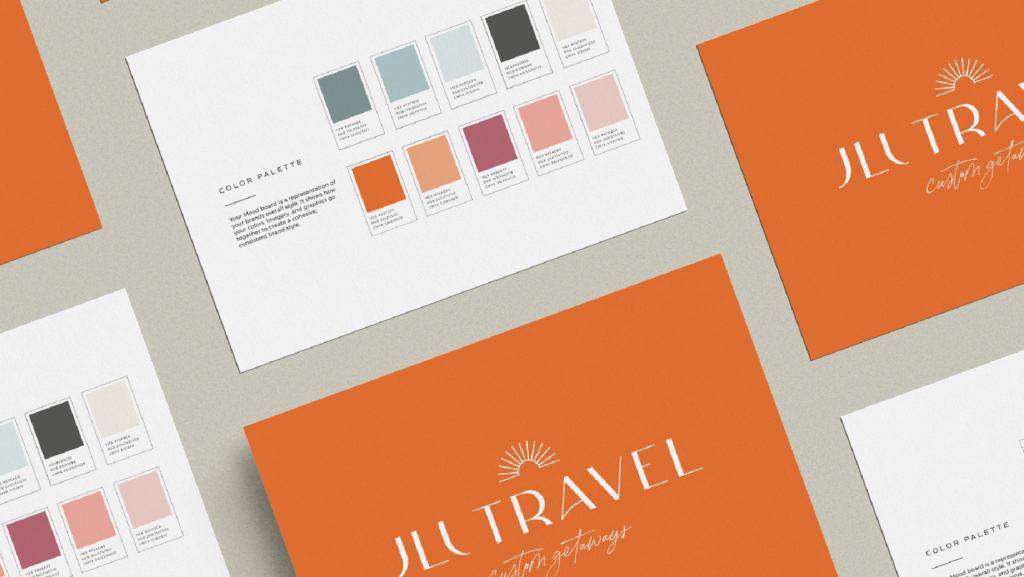
Category:
7 Brand Assets Every Business Needs
Professional and quality branding helps you communicate who you are and what you do for the people you want to work with. Good branding lets you create relationships with your target audiences and has the power to make you stand out in saturated markets. To create a strategic brand that helps drive your business’ success, you need these seven brand assets regardless of your stage or size.
1. Primary Logo
Your primary logo is the main and most-used mark for your business. It’s one of your most important brand assets and a staple in your marketing. Primary logos are often the most detailed of your business’ logo variations and might have your business name, tagline, your location, establishment date, and/or your web address.
As your brand becomes more well known, it’s the graphic people will picture at a mention of your business and the one that will become most recognizable. Your other logo variations will stem from your primary logo design.

2. Alternative Logo Designs
As you create different marketing materials and brand assets, you will have locations where variations of your primary logo, or alternative logo designs, are more appropriate. Alternative logo designs come in handy for branding your social media, product packaging, and other brand touchpoints where space is limited or your full primary logo just doesn’t look right.
Watermark
Watermarks are logo marks or lettering superimposed onto images to convey ownership. Online businesses might use their watermarks on photos and other visual content to communicate what company created it and who it belongs to.
Emblem
You’ll recognize emblems as seals, badges, and crests used by brands. Usually, an emblem features text placed within a geometric shape, like a circle or square. Emblems should feature very clear and legible text. It’s best to avoid adding details or intricate design elements to emblems since they can make them challenging to size down for different purposes.
Submark
Submarks are simplified versions of your primary logo that can be used in small spaces. Submarks often feature a primary graphic element from the primary logo but none of the text or other details. They should be an obvious extension of your primary logo and share the same look and feel.

3. Color Palette
Your color palette sets the tone for the overall look and feel of your brand, reflects your brand’s message, and shapes how potential clients and customers view your business. Of all the brand assets you can develop, its role is fundamental to creating all of your visual elements.
Strategically selecting colors for your palette will help you accurately present your business’ intentions and catch the eye of your ideal audience. Contemplate the message you want your brand to convey, as well as what photography you plan to use and the tone of those images.

4. Typography Styling
The typefaces you choose for your business play an intricate role in your brand’s overall look and feel. Understanding how to select type styles with intention and selecting the right fonts that communicate your brand values can make all the difference in your branding.
Different typefaces have different characteristics. Here are a few examples:
- Serif: Classic, timeless, high end, vintage, and elegant
- Sans Serif: Modern, bold, innovative, clean, and professional
- Slab Serif: Masculine, modern, tech, expert, and minimal
- Script: Friendly, youthful, playful, retro, and welcoming
- Hand Lettering: Personal, unique, exclusive, fancy, and feminine
5. Defined Image Style
Every business should have an established image style for imagery used throughout your marketing activities. The images you share should have consistent coloring, filters, and aesthetic, so that when your audience sees them, they can easily recognize them as something from your business.
Consider your target customers and their interests, as well as your goals and your brand’s personality. Images from your business should appeal to your audience and should align with your branding. One way to develop an idea of your brand’s image style is to save pictures and images that resonate with you using a site like Pinterest.

6. Branded Graphics
Graphics you create or design with your branding that your audience and followers learn to recognize as yours are branded graphics. Branded graphics are brand assets that represent the look and feel of your business and will often have signature brand elements like your brand fonts, colors, or logo.
Branded graphics help you to build brand awareness and recognition, appeal to your dream customers, and show up with consistent content on your chosen platforms. A great way to create uniform branded graphics for your business is to use pre-designed templates. They make it simple to quickly plug in your content and share it with your platforms (especially helpful if designing and creating visual content isn’t your thing).

7. Brand Guidelines
A brand guideline is essentially a branding bible for you to use in your business. Your brand guideline provides a reference for every element in your branding. From your color palette and font styles to logos and submarks, your brand guideline is the standard by which you use your branding.
Establishing a brand guideline helps you ensure that you consistently show up across all your business areas. And when you do that, your audience gets to know your business, recognizes you, and develops trust in it. With that, you can connect with them and build a relationship that can transform them from fans to customers.

Get all of the brand assets you need in just one day with The Brand Intensive. That’s right, in one day, you’ll have a custom brand unique to you and your business.
Learn more here
CREATIVE RESOURCES
CURATED JUST FOR YOU
Done-for-you color palettes, font pairings, and image mood boards for elevating your Canva designs.
access style library
Shop our collection of DIY logo designs crafted in Canva to easily customize and make your own.
view all the kits
Learn to design a professional brand for your business with helpful creative courses.
view courses
Canva Brand Kits
Elite Style Library
Creative Courses
Does your brand have what it takes to
make an impact?
Download The Ultimate Branding Checklist to find out.
free resouRce